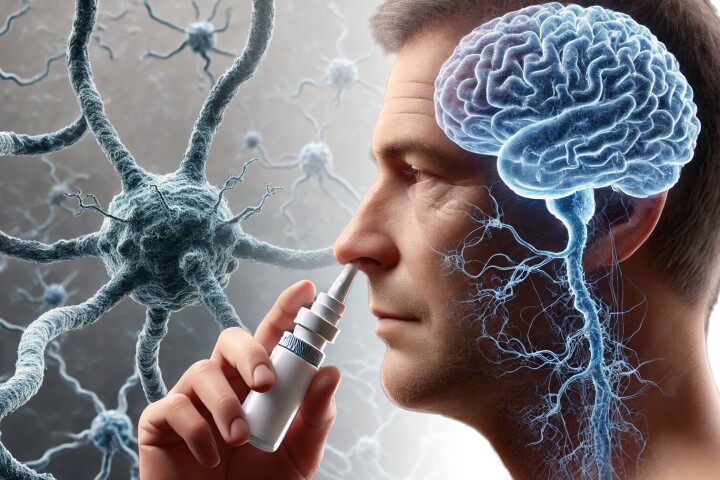For many type 2 diabetics, keeping blood sugar to healthy levels is a painstaking task involving regular monitoring and insulin injections, but scientists are pursuing more convenient ways to manage the condition. Among them is a research group at the University of Iowa that has built what is described as a "remote control" for diabetes management that uses electromagnetic fields (EMFs) to reduce blood sugar levels and improve the body’s response to insulin.
While it may seem far-fetched, the idea of using a “remote control” and EMFs to manage diabetes is an approach we’ve seen explored before. Way back in 2014, we looked at a study in which scientists demonstrated how these waves could open up ion channels in the membranes of cells that allow specific genes to be turned on and lower blood sugar in mice.
The new technique from the University of Iowa researchers uses an entirely different mechanism, and actually came about via some good fortune. The scientists borrowed some diabetic mice another group of scientists were using as part of their studies on the effect of EMFs on the brain, and made an interesting observation.
“It was really odd because normally, these animals have high blood sugar and type 2 diabetes but all of the animals exposed to EMFs showed normal blood sugar levels,” says study co-lead author Sunny Huang. “I told Calvin (co-lead author Calvin Carter), ‘There's something weird going on here.'”
To investigate the matter further, the team turned to previous research on the biological effects of EMFs, which come from all kinds of sources, including telecommunications infrastructure, mobile devices and the Earth itself.
“This literature pointed to a quantum biological phenomenon whereby EMFs may interact with specific molecules,” says Carter. “There are molecules in our bodies that are thought to act like tiny magnetic antenna, enabling a biological response to EMFs. Some of these molecules are oxidants, which are studied in redox biology, an area of research that deals with the behavior of electrons and reactive molecules that govern cellular metabolism.”
The team turned its attention to a molecule known to play a role in type 2 diabetes called superoxide, studying its activity in mouse models of type 2 diabetes. For a few hours a day, the team applied EMFs to three different types of mouse models and it appeared to alter the signaling of the superoxide molecules in the liver. This in turn rebalanced the oxidants and antioxidants in the organ in a way that improved the animals' response to insulin and lowered their blood sugar.
“We’ve built a remote control to manage diabetes,” says Carter. “Exposure to EMFs for relatively short periods reduces blood sugar and normalizes the body’s response to insulin. The effects are long-lasting, opening the possibility of an EMF therapy that can be applied during sleep to manage diabetes all day.”
With an eye towards human trials, the team also tried out the technique on human liver cells. After six hours of treatment with the EMFs, the researchers were able to show a significant improvement in a surrogate marker for insulin sensitivity, a promising sign that the therapy could produce the same effects in human subjects.
For its next steps, however, the team is studying the technique in larger animals closer in size and physiology to humans.
“Our dream is to create a new class of noninvasive medicines that remotely take control of cells to fight disease,” Carter says.
The research was published in the journal Cell Metabolism.
Source: University of Iowa




